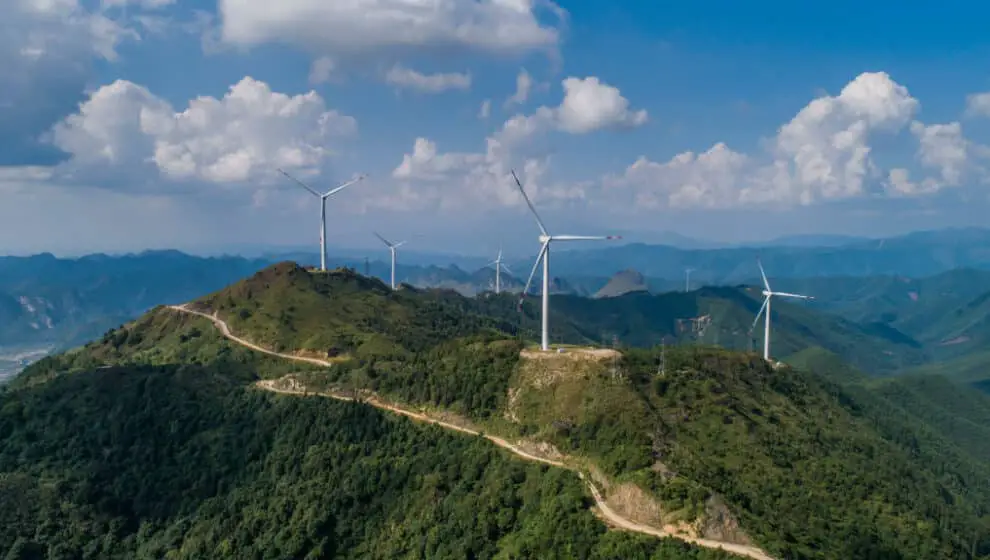Oil giant BP is working hard to expand its wind farms and to become green.
Key Details
- BP is working to produce more renewable energy in order to meet net-zero emissions by 2050.
- To reach its goals the company is planning to triple its wind farm workforce, taking it from 220 current workers to around 800 in the near future.
- BP has been incorporating many practices to ensure its net-zero ambitions by introducing wind turbines, Lightsource solar projects, solar panel pipelines, and now by building and operating wind farms at sea.
Why it’s important
In 2020, oil giant BP set an ambition to become a net zero company by 2050 or sooner.
In order to do so the company gave itself five goals to reach for, according to a company press release:
- Net zero across BP’s operations on an absolute basis by 2050 or sooner
- Net zero on carbon in BP’s oil and gas production on an absolute basis by 2050 or sooner
- 50% cut in the carbon intensity of products BP sells by 2050 or sooner
- Install methane measurement at all BP’s major oil and gas processing sites by 2023 and reduce methane intensity of operations by 50%
- Increase the proportion of investment into non-oil and gas businesses over time
BP has been working towards these goals by establishing wind turbines, Lightsource solar projects, solar panel pipelines, and now—building and operating wind farms at sea.
The company is working to expand its green goals by tripling its amount of offshore wind farm workers. Right now BP has around 200 offshore workers and is planning to have around 800 in the future.
“BP is committed to the energy transition,” says BP’s vice president for offshore wind, Richard Sandford. “Offshore wind is a key component to that story.”
Even with the rapid growth of the unit, offshore wind employees will make up just over 1% of BP’s roughly 60,000 workforce, according to Bloomberg writer Will Mathis.
Now BP is starting to work on a new project that could further green growth even more—floating wind projects.
All of BP’s wind turbines are attached to the bottom of the sea, but the company has been working on wind projects that are able to float above the water. This is big news for places where the water is too deep or too rough to attach turbines to the bottom.
“Floating will play a key role in our strategy,” Sandford says. “In the oil and gas business, floating structures are something that’s very common and BP have great expertise in that area.”
